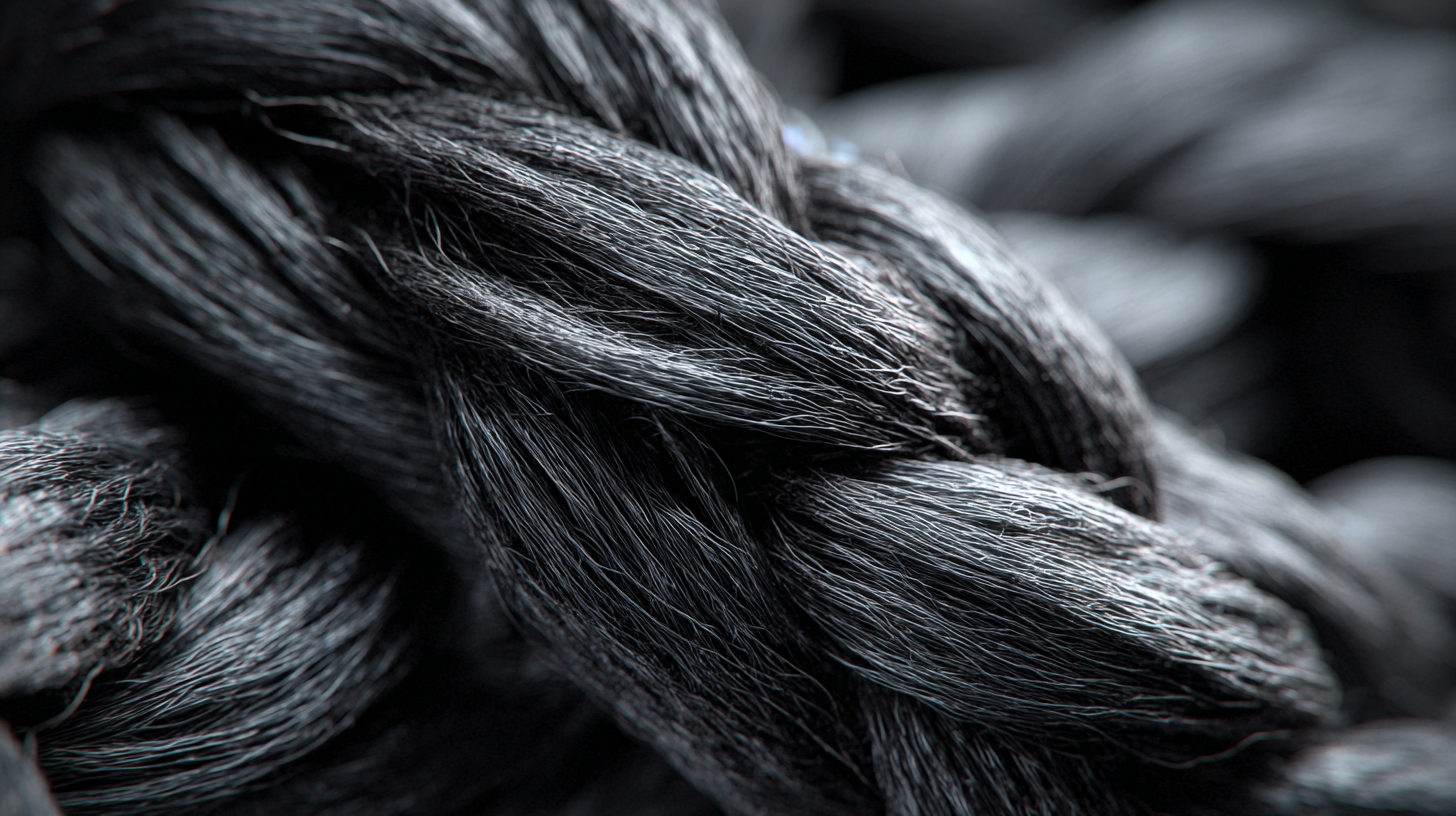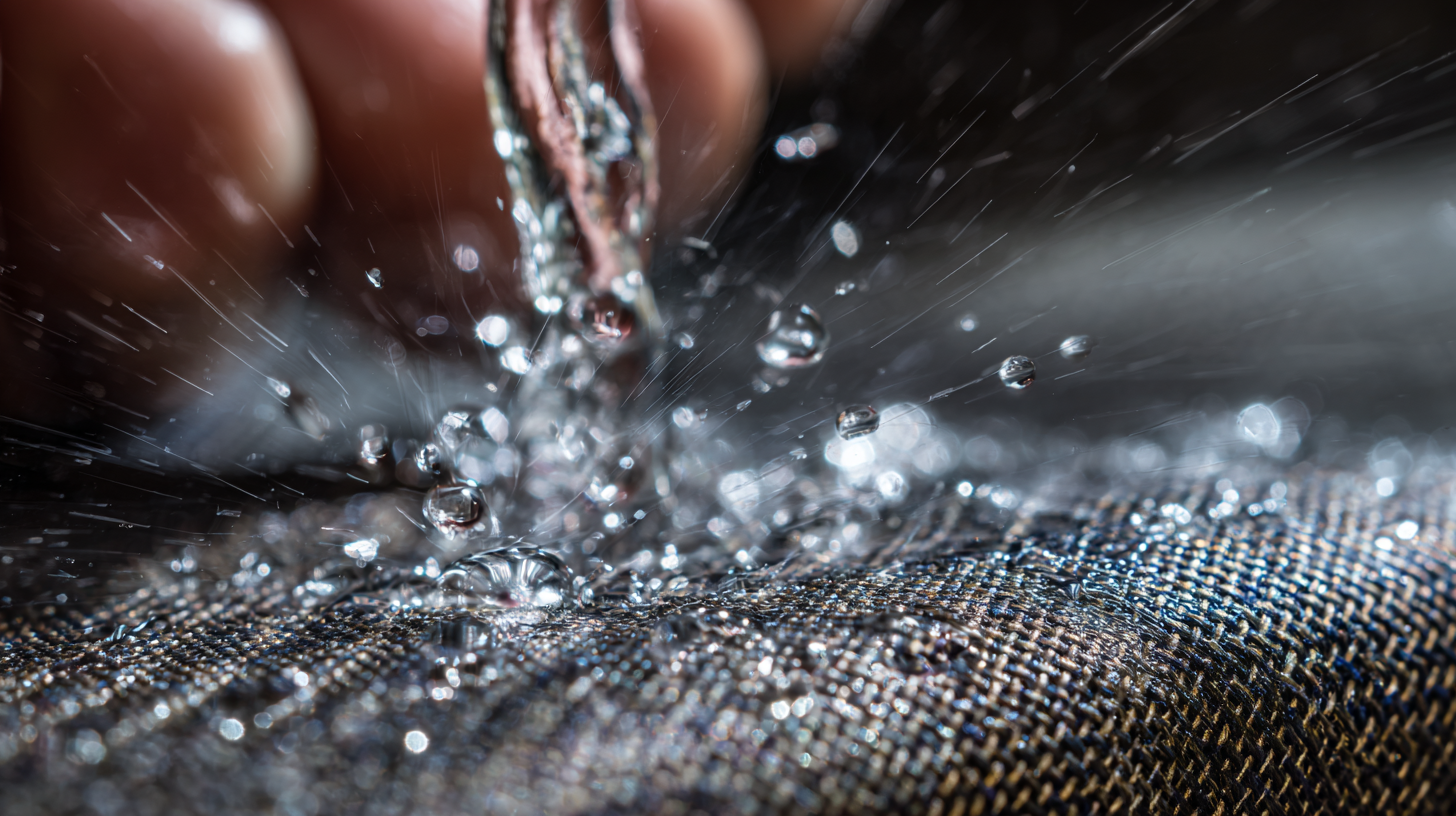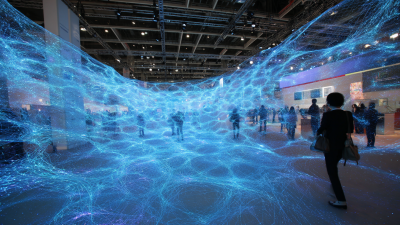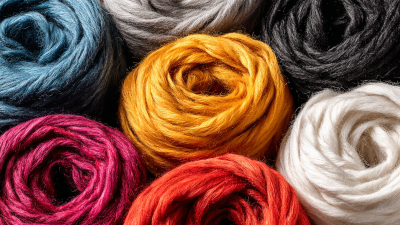
2025 Top Hydrophobic Natural Fibers Revolutionizing Sustainable Fashion
As the fashion industry increasingly embraces sustainability, the focus on innovative materials has never been more critical. One promising avenue is the use of Hydrophobic Natural Fibers, which offer unique properties that challenge conventional textile choices. Renowned expert in sustainable textiles, Dr. Amelia Thompson, has stated, "Hydrophobic Natural Fibers not only provide functionality and durability but also pave the way for eco-conscious fashion, aligning beautifully with the values of the modern consumer."
In 2025, we anticipate a significant shift as these fibers gain prominence in the market, redefining how we perceive textiles in fashion. This revolution not only promises enhanced performance characteristics—such as water-resistance and breathability—but also supports environmental stewardship by reducing dependency on synthetic alternatives. As we delve into the top Hydrophobic Natural Fibers set to transform the sustainable fashion landscape, it becomes essential to examine their origins, characteristics, and the impact they have on the future of apparel.
Through this exploration, we aim to highlight the critical role that Hydrophobic Natural Fibers will play in bridging the gap between style and sustainability, meeting consumer demands while preserving our planet. With the growing awareness of environmental issues, 2025 may well be the year when these natural innovations truly come into their own, marking a pivotal moment in fashion history.

The Rise of Hydrophobic Natural Fibers in Sustainable Fashion
The rise of hydrophobic natural fibers is significantly transforming the landscape of sustainable fashion. These fibers, derived from renewable sources, boast water-repellent properties that not only enhance the performance of garments but also reduce the environmental impact of clothing production. By utilizing materials such as specialized cotton and linen, brands are able to create garments that remain dry and comfortable in wet conditions, making them ideal for everyday wear.
Tips for integrating hydrophobic fibers into your wardrobe include selecting versatile pieces that combine style and functionality. Look for clothing items that feature these innovative materials, ensuring durability and longevity. Additionally, consider layering with hydrophobic outerwear to enhance weather resistance while maintaining a fashionable look.
As consumer demand for sustainable options grows, designers are increasingly embracing these eco-friendly fibers, creating a new era in fashion that prioritizes both performance and environmental responsibility. By opting for hydrophobic natural fibers, consumers can make mindful choices that contribute to a more sustainable future while enjoying the benefits of advanced material technology in their fashion choices.
Analyzing the Demand for Eco-Friendly Fabrics in the Global Apparel Market
The demand for eco-friendly fabrics is rapidly reshaping the global apparel market, driven by an increasing awareness of sustainability among consumers and a growing emphasis on ethical fashion. As the market is poised to expand significantly, with the apparel market size projected to reach USD 2.97 trillion by 2033, brands are increasingly investing in sustainable practices and materials to cater to environmentally conscious shoppers. This trend reflects a broader shift in consumer preferences, where perceived sustainability plays a crucial role in influencing purchasing decisions.
Natural fibers, particularly hydrophobic options, are at the forefront of this revolution. These innovative materials not only offer practical benefits, such as moisture-wicking properties, but also align with the values of sustainability and environmental responsibility. As brands integrate these fibers into their collections, they not only improve their marketability but also contribute to a more sustainable fashion ecosystem. The rise of the sustainable fabrics market presents an opportunity for apparel companies to differentiate themselves by prioritizing eco-friendly practices and responding to the growing demands of conscious consumers.
Key Properties of Hydrophobic Natural Fibers: Performance and Sustainability
Hydrophobic natural fibers are making significant strides in the realm of sustainable fashion, offering unique performance benefits while prioritizing environmental impact. Recent developments have showcased sustainable hydrophobic cellulose, which showcases potential as a replacement for petroleum-based products. This material can be incorporated into various applications, from crafting hydrophobic papers to producing innovative textiles that resist water, thereby reducing the reliance on synthetic alternatives that often contribute to pollution.

Moreover, the creation of a sustainable bio-based adsorbent derived from modified sphagnum moss demonstrates the versatility of hydrophobic fibers in practical environmental applications, particularly in oil-water separation processes. As the fashion industry seeks more eco-friendly materials, advancements such as superhydrophobic cotton filters and three-dimensional biomass foams highlight the evolution of natural fibers capable of addressing urgent environmental challenges like marine pollution and climate change. By leveraging the inherent qualities of natural fibers, brands are not only enhancing product functionality but also contributing to a circular economy that values sustainability and renewable resources.
Market Trends: Growth Projections for Hydrophobic Fibers by 2025
As the sustainable fashion industry continues to evolve, hydrophobic natural fibers are poised to play a crucial role in transforming textiles for eco-conscious consumers. The hydrophobic fiber market is experiencing significant growth, with forecasts indicating an increasing demand for innovative materials. For instance, the nanocellulose market was valued at $29.15 billion in 2019 and is projected to reach an impressive $105.3 billion by 2027, showcasing a remarkable compound annual growth rate (CAGR) of 19.9%. This trend highlights the increasing interest in high-performance fibers that not only offer durability and water resistance but also align with sustainability goals.
In addition to the rising popularity of nanocellulose, the waterproof textiles market is expected to see notable expansion, with a market value estimated at $4 billion in 2022, projected to reach $7.2 billion by 2030. This growth represents a CAGR of 7.5% from 2024 to 2030, emphasizing the consumer shift towards functional and sustainable materials in fashion. These statistics underscore the significant momentum that hydrophobic natural fibers are gaining as brands and manufacturers prioritize eco-friendly solutions in their textile offerings, paving the way for a more sustainable future in fashion.
2025 Growth Projections for Hydrophobic Natural Fibers in Sustainable Fashion
This chart illustrates the projected market growth percentages of various hydrophobic natural fibers by the year 2025, highlighting their significance in the sustainable fashion industry.
Innovative Applications of Hydrophobic Fibers in High-Performance Athleisure Wear
As the fashion industry shifts towards sustainability, hydrophobic natural fibers are at the forefront of this transformation, particularly in high-performance athleisure wear. Reports indicate that the global athleisure market is projected to reach $500 billion by 2025, driven by consumer demand for both functionality and eco-friendliness. Hydrophobic fibers, derived from sustainable sources like bamboo and hemp, not only provide moisture-wicking properties but also contribute to a reduction in water usage during the manufacturing process, with studies showing a potential decrease of up to 80%.
Innovative applications of these hydrophobic fibers are revolutionizing how brands approach performance wear. For instance, companies are integrating these materials into moisture-resistant activewear, which maintains comfort while providing breathability and durability. With advancements in fiber technology, products made from hydrophobic materials exhibit superior stain resistance and quicker drying times, making them ideal for both high-intensity workouts and casual wear. As consumer preferences lean towards sustainable options, brands that embrace these innovations are likely to capture significant market share, establishing a new standard in athleisure that balances performance with environmental responsibility.

Related Posts
-
Unlocking the Secrets of Hydrophobic Natural Fibers for Sustainable Textiles and Their Market Potential
-

Exploring Polypropylene Microfibers at the 138th Canton Fair in 2025 Uncovering Industry Trends and Innovations
-

5 Essential Tips for Maximizing the Benefits of Hydrophilic Fiber in Your Textile Products
-

Exploring Sustainable Everyday Sanitary Pad Fiber Alternatives for Eco Conscious Consumers
-

5 Essential Menstrual Materials You Didn't Know You Needed for Ultimate Comfort
-

Understanding the Production Standards for the Best Everyday Sanitary Pads Fiber in the Global Market




